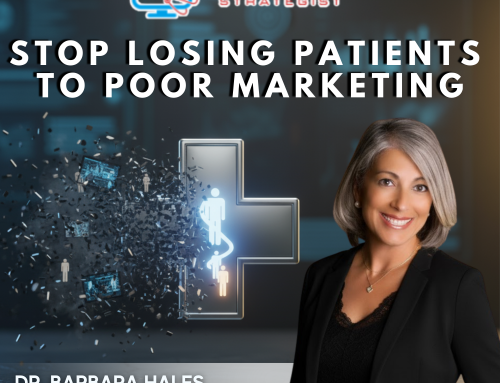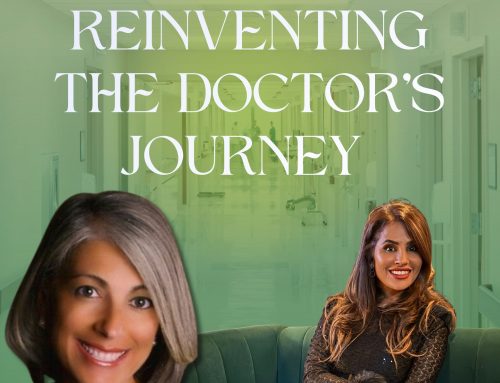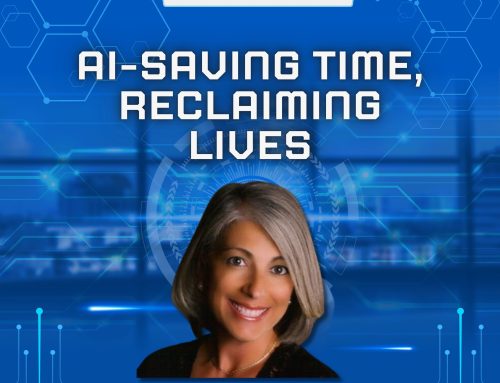Let’s say you have a patient with a perplexing group of symptoms that has you stumped.
Worse, let’s say you are that patient who has made the frustrating rounds of one specialist after another with no diagnosis (and therefore no treatment) 
The UDN, which has been operating for 7 years by the NIH Clinical Center has revamped to a digital system, making the site more user-friendly and all encompassing for those that enter their health problem symptoms. It’s Co-Coordinator Anastasia Wise explains that illnesses are difficult to diagnose when they:
- Newly sprout up
- Are an unusual variant of an already diagnosed ailment
- Are rare
The good news is that one out of every 4 participants in this program have been given a clinical, biochemical or molecular diagnosis. (Slabodkin, Health Data Management, 9/24).
The program itself is currently operating 7 clinical sites including:
- Baylor College of Medicine;
- Duke Medical Center with Columbia University;
- Harvard Teaching Hospitals — Boston Children’s Hospital, Brigham and Women’s Hospital and Massachusetts General Hospital;
- NIH;
- Stanford Medical Center;
- UCLA Medical Center; and
- Vanderbilt University Medical Center.
Prior to this, the UDN operated on a paper system which means that collation of data was slow and not impervious to omissions.
Most patients were not even aware of this site. The most popular place that patients have resorted to sharing health information (or commiserating on what alternative therapies might work) have been the myriad of forums or chat rooms that have sprung up online. However, between the portals that physicians now have (in accordance with Meaningful Use and the ACA) and the UDN, the future is appearing bright!
Sign up in the box at the top left of this screen to hear more newsworthy articles and tips as they develop. See you at the next post!



